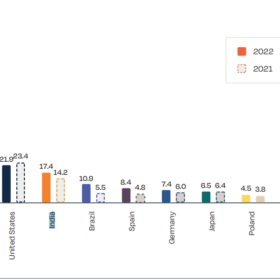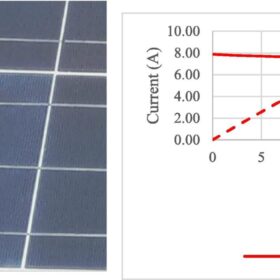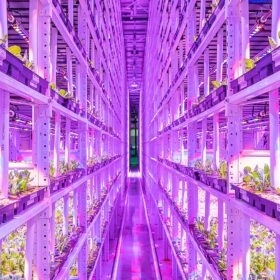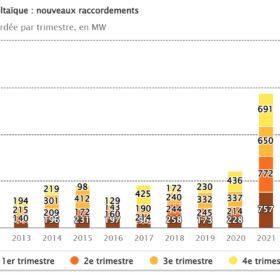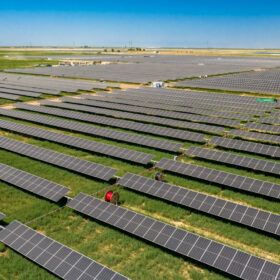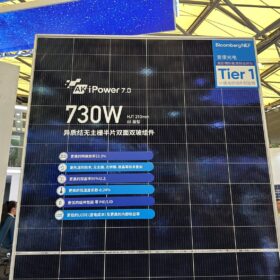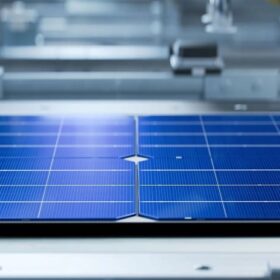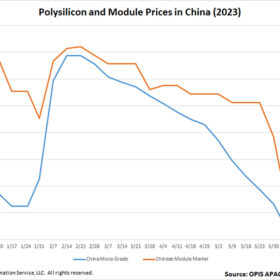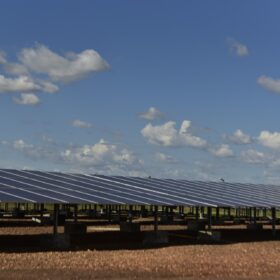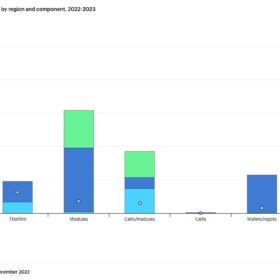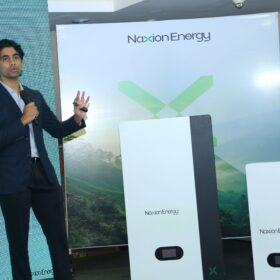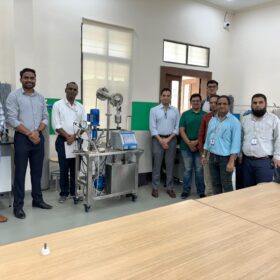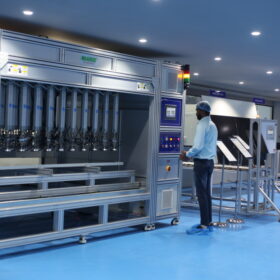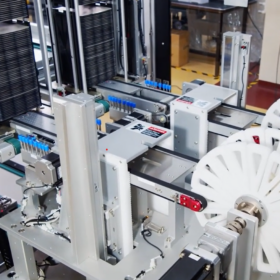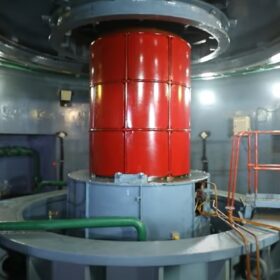India installed third most solar capacity in the world in 2022
India installed an impressive 17.4 GW of new solar capacity in 2022, retaining its third spot in annual PV capacity addition globally.
Research shows polycrystalline panels from 11 different producers degrade more than warranty rate
A research group in Ghana has conducted a series of tests to assess the performance of polycrystalline solar modules in PV systems operating in their home country for at least 5 years. They found that the vast majority of the panels may ‘fail’ before 20 years in operation under outdoor conditions.
Agrivoltaics for vertical farming
An Italian research group has assessed the advantages of combining solar power generation in greenhouses with vertical farming. The scientists claim this new approach offers better land use while increasing agricultural yield.
France adds 601 MW of new PV systems in Q1
France reached 17.15 GW of cumulative installed PV capacity at the end of March.
US solar market expected to triple in size by 2028
The US solar industry had its best first quarter in history as supply chain challenges started to fade, according to the US Solar Market Insight Q2 2023 report.
Akcome unveils new 730 W heterojunction solar modules
Chinese manufacturer Akcome has released a new line of heterojunction solar panels with a nominal power capacity ranging between 710 W and 730 W and a conversion efficiency of 22.80% to 23.50%.
Reusing silicon from end-of-life solar panels in EV batteries
Scientists in Belgium are exploring the potential of recycled silicon in solar modules at the end of their life cycle for reuse in low-cost, higher-energy-density storage technologies. They claim EV batteries using this silicon may allow faster recharging and travel longer distances on a single charge.
China solar module prices dive
In a new weekly update for pv magazine, OPIS, a Dow Jones company, provides a quick look at the main price trends in the global PV industry.
Green hydrogen: A key enabler for a sustainable future
Green hydrogen holds the potential to decarbonize critical sectors and provide clean energy solutions. However, it accounts for less than 1% of global hydrogen production. Targeted interventions are required to facilitate a smooth transition toward a green hydrogen economy.
Global PV manufacturing capacity to reach 1 TW by 2024
PV manufacturing capacity is projected to more than double by 2024, led by China, but oversupply is also anticipated, according to the International Energy Agency (IEA).
